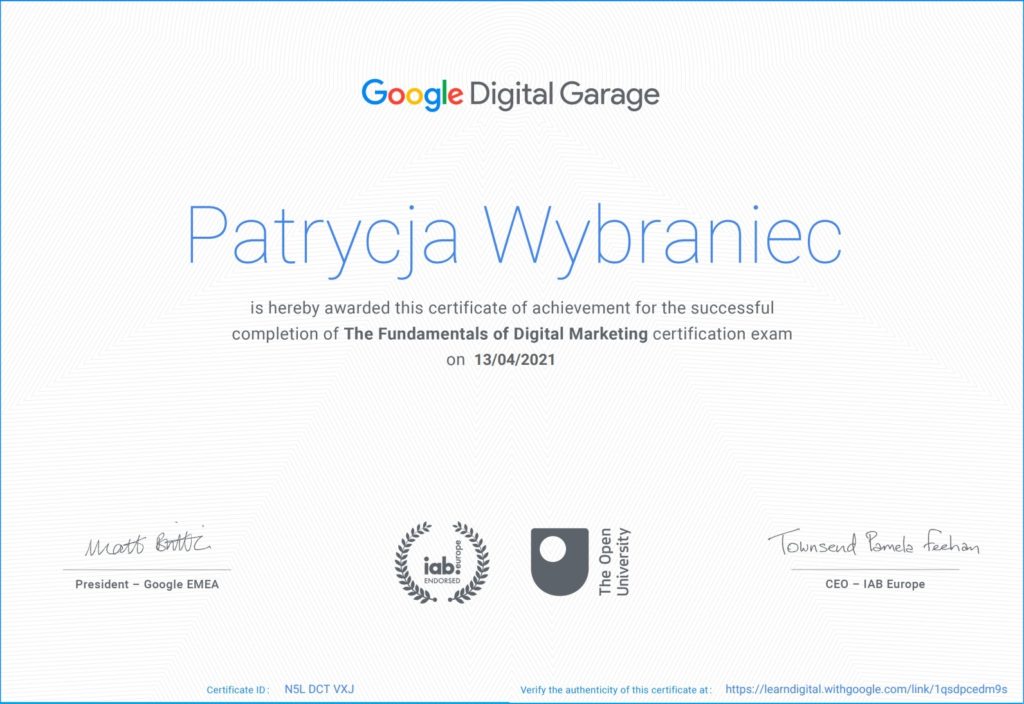
Google Digital Garage: Certificate



Tools such as Google or Bing’s keyword planner will give a business insight into what terms are used for search ads in that region and in what volume. This will give a business a good indication of whether or not there is a good appetite for their product in that market.
When a business is translating its own content it allows less room for mistakes. Some languages have different ways of phrasing things and alternative words, so trying to translate existing content will not necessarily work. It’s best to start fresh for new markets. Having a native speaker help will remove any potential errors in the copy for a business website and makes it aware of any cultural differences in the new market.
Search advertising gives businesses the opportunity to present themselves in front of new users who are using search engines to find a product, service or answer a question. The other options all involve a need for prior interest or a customer base to target.
Before jumping into a new market a business should fully research and identify any potential barriers to its conducting business. This will help to gauge if the business is able to meet the needs of this new market while continuing to deliver great customer service.
Different countries will have different preferred payment methods, so a business will need to research these new markets. However, worldwide payment systems such as PayPal and Worldpay are a great solution for both the business and the customer.
Having an understanding of the legal and tax considerations in the new market is imperative to running a business there, ensuring no laws are broken. In addition, delivering products across borders may involve extra costs, such as taxes, that a business will need to factor into your pricing model.
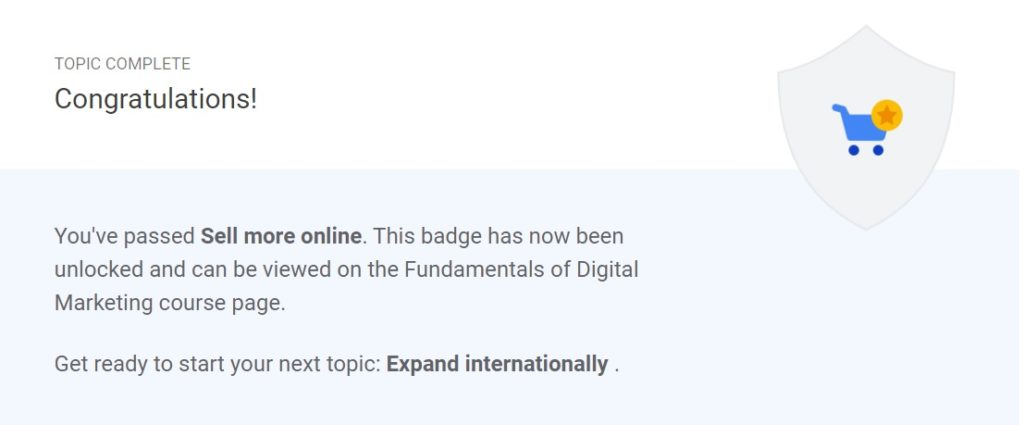
Web analytics can show a business at which point of the customer journey users are abandoning their site, signalling that there may be a problem with that specific page or feature. Analysing this data can then give business actionable insights.
Product merchandising is all about how a business displays specific products to stimulate interest and entice customers to make a purchase.
Once a visitor has visited a site, a small piece of data called a ‘cookie’ is added to the user’s web browser. This means business adverts can then be displayed to them when they visit certain websites within the retargeting network.
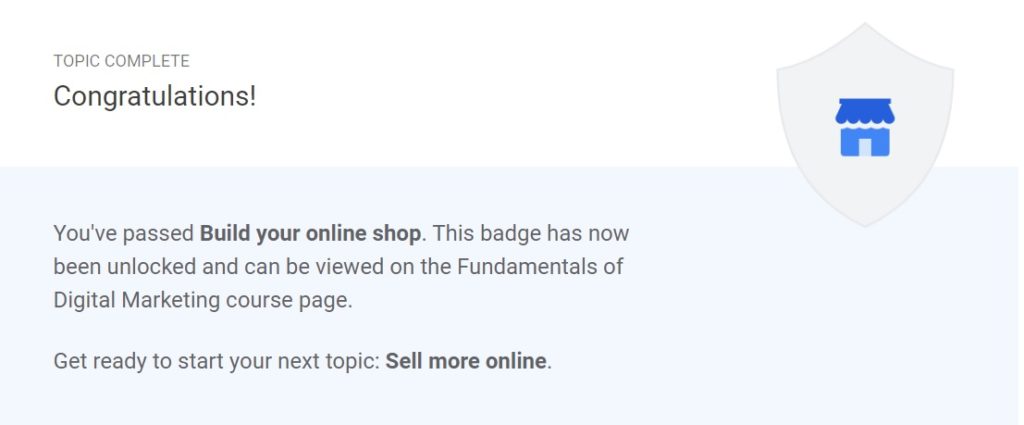
Adding reviews to the product pages can bring products to life for the customer. Knowing how other customers feel about a product can inspire others to buy it and instil a feeling of trust.
With e-commerce, the main costs are associated with the website, shipping and online payments. The business will also pay for its domain name, but all together these costs are typically less expensive than operating a physical shop where the business can sell the same products or services.
An e-commerce system allows customers to create accounts and manage their personal, billing and shipping information. Businesses can integrate multiple payment options, and even customise the checkout process. This can help improve the customer’s online shopping experience, as well as help a business manage stock.
A third party payment processor, such as PayPal, allows the company to accept online payments without a merchant account of their own. This means the company can focus on its business whilst someone else takes care of electronic transactions, as well as making the checkout process easier for customers.

Quantitative data is anything that can be numerically measured. For example, the number of people visiting a website, or the number of sales an online store makes in a month.
The data cycle helps the business make the most of their collected data. They can use it to help prepare, action and inform the business decisions online. The four main stages of the cycle are: Plan, Do, Check and Act.
Insights are critical to determine actions and help the business to focus on what is important to its goals. An actionable insight takes this analysis one step further and determines what to do next so that the business can successfully improve and refine what they’re doing.
Spreadsheets store data that can be arranged in many different ways. They have multiple inbuilt functions such as formulas, which the business can use to make a variety of calculations in order to better understand the mass of inputted data.
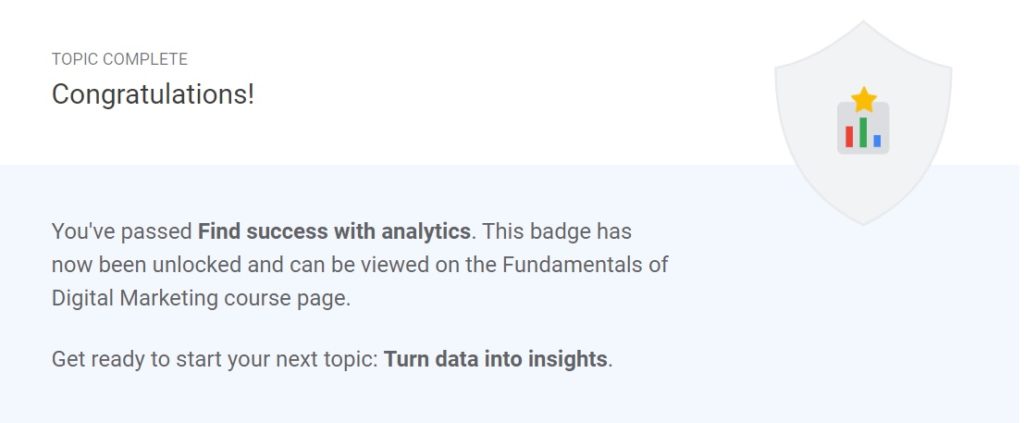
Most web analytics tools can tell the business, the location of the web users, type of device they’re using and pages visited. If an ad is not performing well, one effective tactic is to tweak the ad’s copy and analyse the results. Acquisition section of Google Analytics can tell the business whether visitors have found the website via social media.
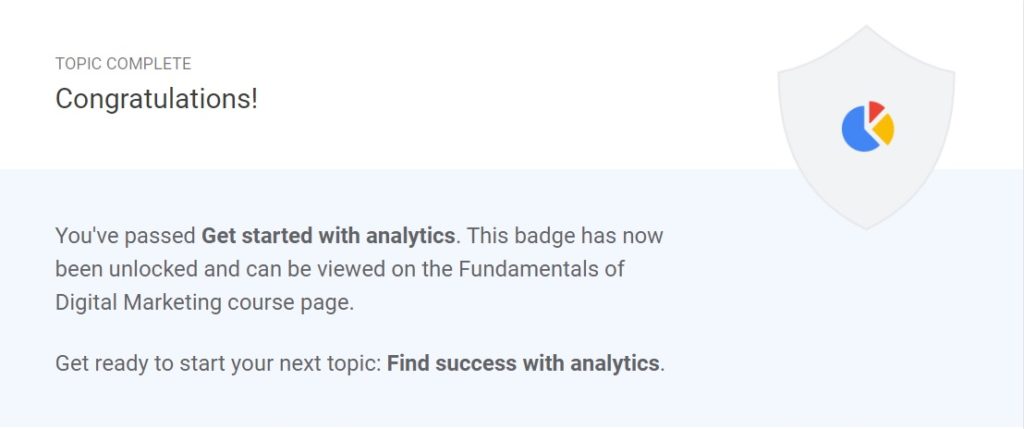
Website analytics can tell the business what time of day its website gets the most traffic. Analytics can give the business immediate valuable information about its previous and current customers. If the key business goal is to get people to book rooms at their guesthouse, the data they are most likely to be interested in is how many people are visiting their site to book a room.
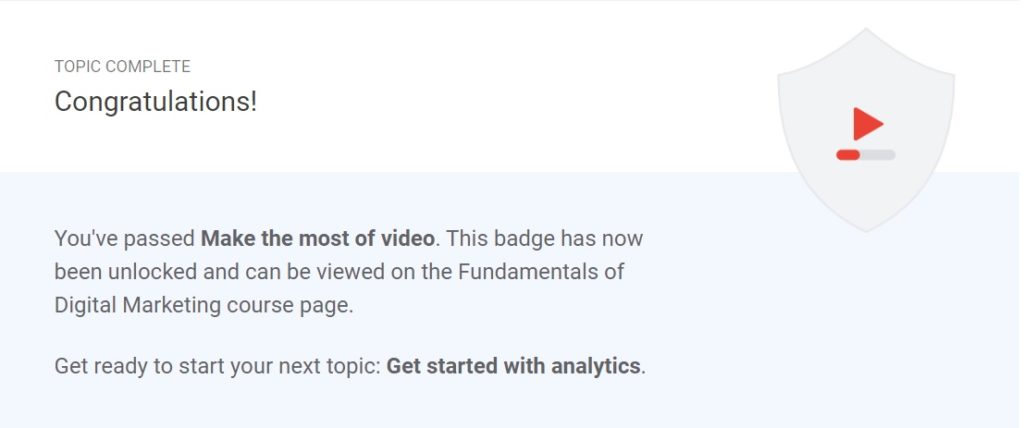
When incorporating videos into a digital strategy, publishing how-to videos on the business website can provide value to customers. Using video as part of the company’s online presence can help to create a channel to engage with customers. For a small business, creating videos to showcase their business product requires only creativity, planning and any budget. Using videos in email marketing and social media is an effective way to engage and grow your audience. By advertising on other people’s videos, a business can take advantage of the video for its product/services without actually making a video. When a business is looking at its video analytics and discovers people are only watching the first few seconds of their video, the business should consider updating its preview images, video titles or descriptions
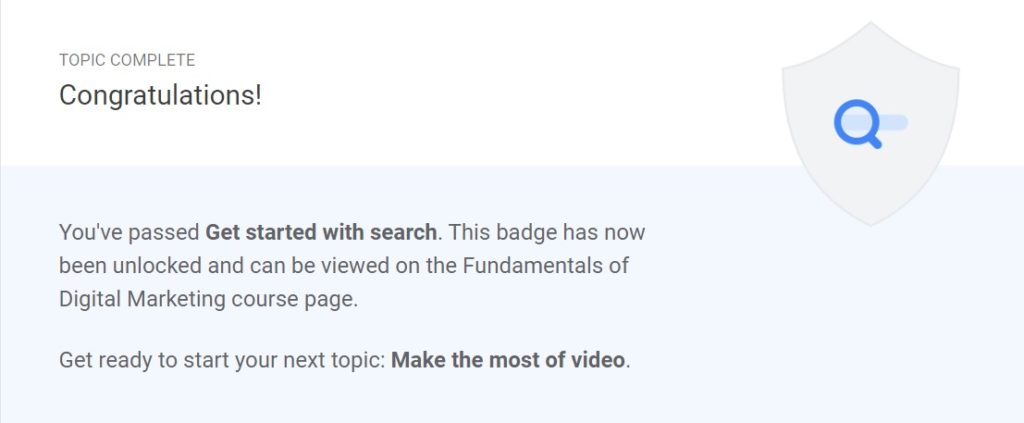
The search engines’ goal is to create the most relevant list of results possible, to enable potential customers to find what they are looking for. The results page includes links to websites, but they might also see local business listings, items for sale, advertisements, images, maps, videos.
The business has to make sure that its content is relevant to the people searching, so they’ll click and stay to browse.
Additionally, paid ads offer another way to promote your products and services on search engine results pages.
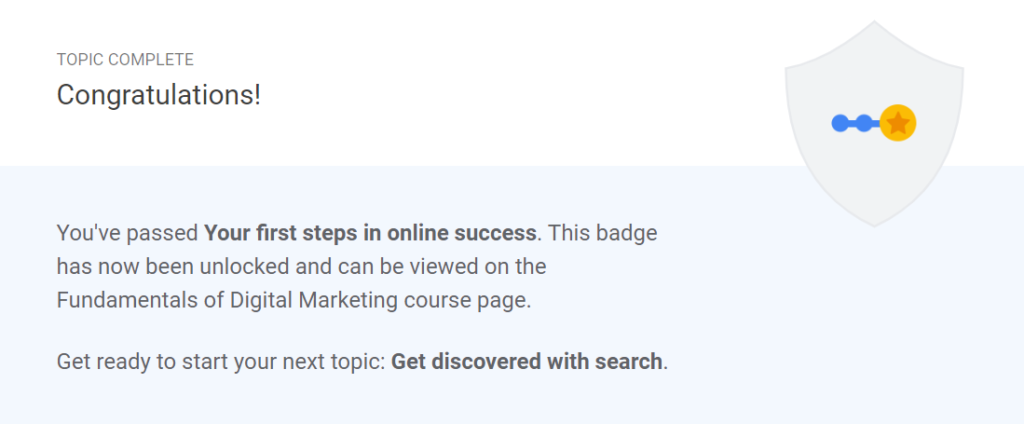
By going digital, businesses can change visitors into customers. It is important for the business to plan what they would like to achieve and then prioritise. Therefore, the brand has to decide whether they would like to be found – Google My Business is a good option. However, if their content and publicity is their priority, setting up a social media page is another good way to start digital presence.
When setting up a website it is important to focus on what the potential customers would like to get. A good plan consists of basic concepts that don’t change that often with forward-thinking to keep up with what’s changing.
A business has to know its online goals and realistic expectations. Using analytics helps to track and measure how the business is performing. The company has to keep up do date and adapt to changes in technology and stay flexible.